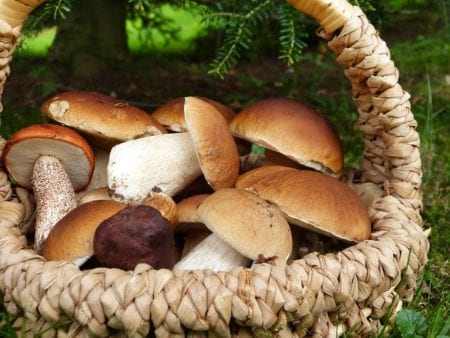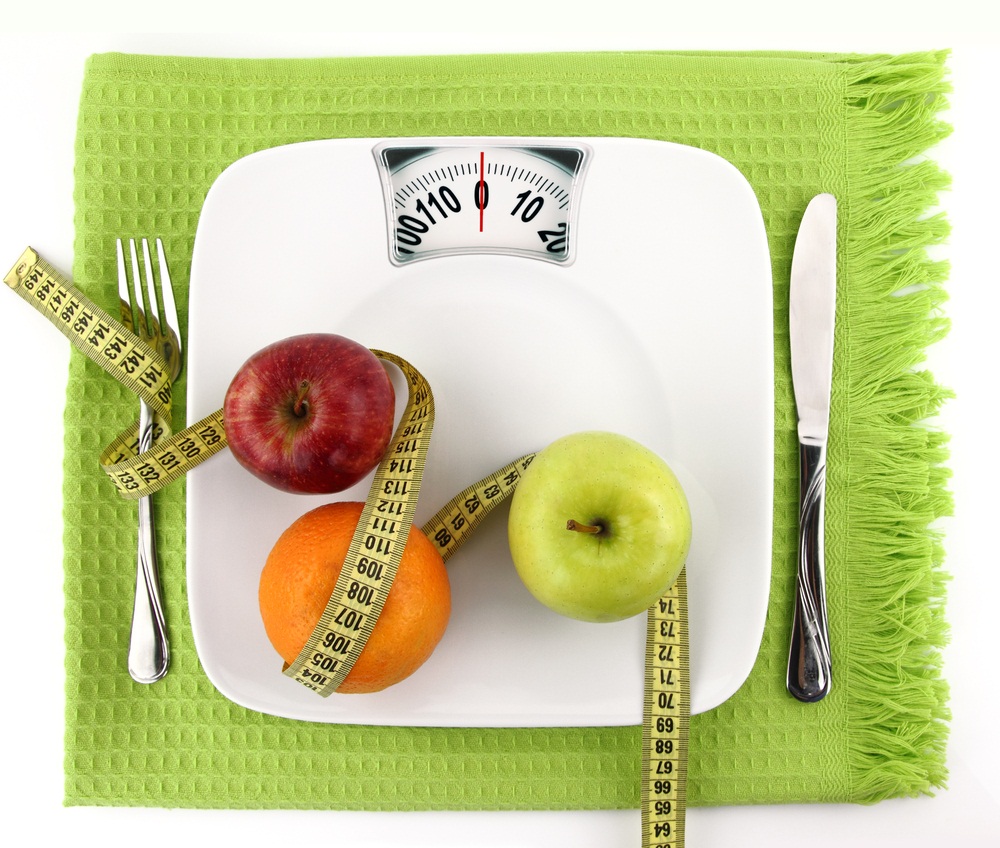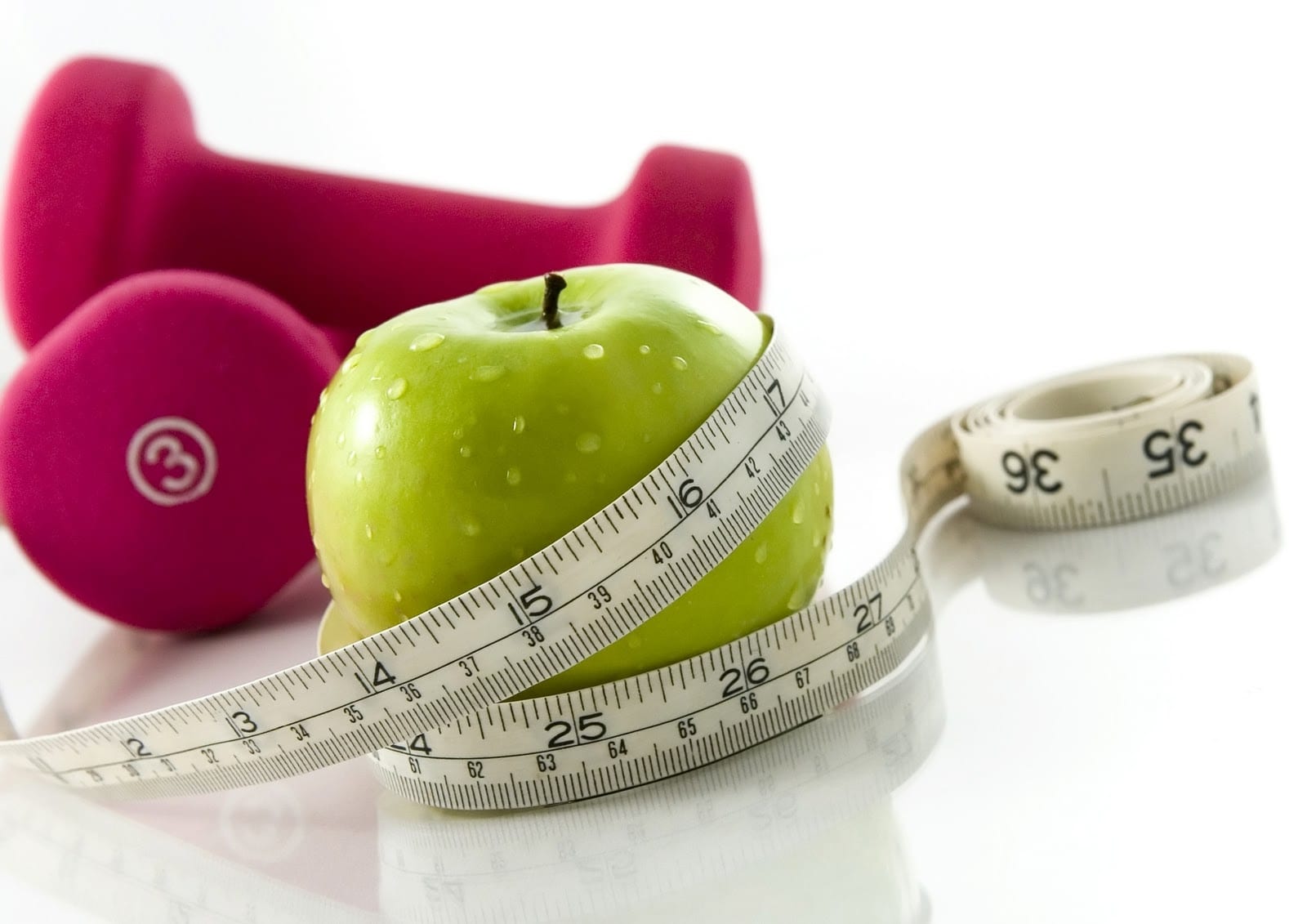 For mushrooms, the following dietary positive qualities are typical
For mushrooms, the following dietary positive qualities are typical
- Mushrooms are a finely balanced animal-plant product containing a competent ratio of proteins, carbohydrates, fats, amino acids, vitamins and trace elements. 4-7 oz of mushrooms is sufficient to provide a daily nutritional balance, provided that they are not the only source of protein.
- In the case where mono-diets and plant diets are contraindicated (digestive disorders, gastritis, colitis, intolerance of raw vegetables and juices from them, etc.), mushrooms come to the rescue. When cooking, salt or stew, they form a thick mucus that envelops the walls of the stomach and facilitates the digestion of fungi and other products.
- Mushrooms are very nutritious and quickly saturated. Enough to use a small supplement to the second course (pasta, buckwheat, potatoes, etc.), so that the desire to “snack” was safely delayed until supper.
- It is proved that mushrooms reduce the attraction to the sweet. Mushrooms, like seafood, are a source of zinc, the lack of which provokes unhealthy delight in sweets and alcohol. Zinc is also important for the preservation of potency. In the Middle Ages, some mushrooms (for example, small varieties of truffles) were used as aphrodisiacs. At the same time, it should be noted that mushrooms and seafood do not replace, but supplement one another, since the active substances and mechanisms of action they have in different ways.
- In the case of weight loss, it is most difficult to maintain the result – it is known to everyone. Mushrooms in this are excellent helpers, because they are rich in vitamins and minerals. They contain vitamin C, B vitamins, necessary for the nervous system, and vitamin D, which promotes the absorption of calcium, as well as phosphorus, potassium, iron and many other trace elements.
- Champignons, shoots, and some wild mushrooms are recommended for metabolic disorders and obesity. They contain substances that lower the level of cholesterol in the blood. If the gloves (not important, purchased or wildlife) make up at least 1% of the diet, there is a chance to lower your cholesterol by 10%.
- Cultivated mushrooms and mushrooms are especially useful to eat raw, so with a minimum of calories we get the most nutrients. Not for nothing in Europe and the United States, raw mushrooms are one of the most popular components of vegetable salad.
Unfortunately, mushrooms also have dietary contraindications
- When roasting (especially if you add sour cream) is initially low calorie, the dietary product ceases to be. After frying in vegetable oil, the caloric content of fungi increases 10-15 times.
- Undisturbed mushrooms are digested for a long time, as a late dinner with mushrooms will not go away. In this case, there may be side effects such as feeling of heaviness, bloating, flatulence, stomach upset.
- It is worth knowing that mushrooms are badly combined with raw vegetables – cucumbers, cabbage, tomatoes. Only boiled vegetables from this point of view are completely safe.
- For children under 7 years of age and older people, fried mushrooms, as well as a large number of cooked or raw mushrooms, is difficult to digest. In children, the secretion of digestive enzymes is not yet the same as in adults, and in the elderly – this is no longer the case.
As you can see, the right approach when using and consuming mushrooms as a dietary product will add variety to the table and make any diet more attractive.
Picture Credit: silviarita






